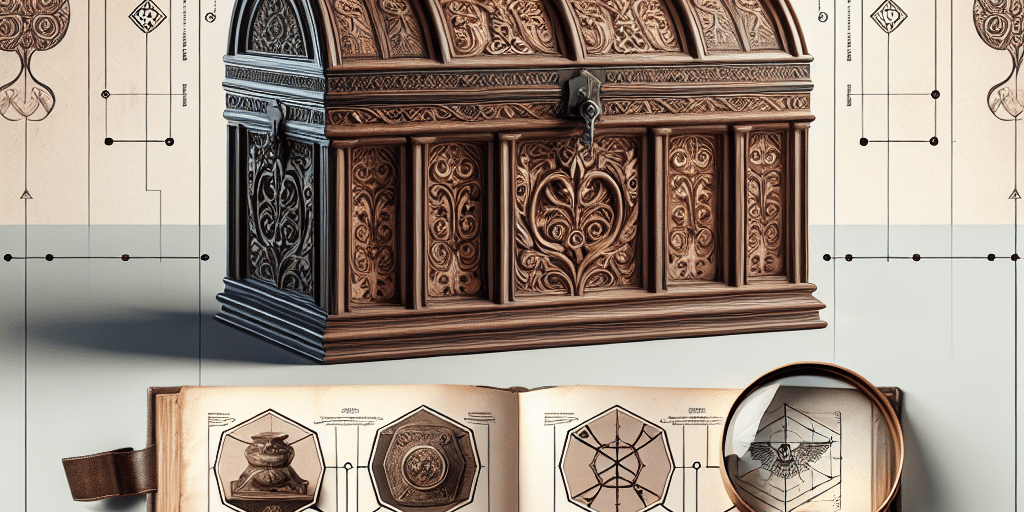In today’s rapidly changing world, the management of art and collectibles within family offices represents not only a financial endeavor but also a vital means of preserving cultural heritage and family history. For families who have amassed significant collections of art, antiques, and other unique items, strategically managing these assets is crucial. This article explores effective strategies for family offices to ensure the preservation, valuation, and enjoyment of their art and collectibles for future generations.
Understanding the Importance of Art and Collectibles
Art and collectibles often hold substantial monetary value, but their significance extends far beyond just investment. These pieces are tangible representations of history, culture, and personal heritage. Family offices must recognize the cultural implications of their collections, as these items often tell stories about the family’s values, aspirations, and experiences. Thus, managing such assets requires a thoughtful and comprehensive approach that aligns with the family’s long-term vision.
1. Establish a Dedicated Team of Experts
One of the first steps in effectively managing art and collectibles is to assemble a team of experts. This team may include:
- Art Advisors: Professionals who can provide insights into market trends, valuation, and acquisition strategies.
- Conservators: Experts in the preservation and restoration of artworks and artifacts, ensuring that items remain in optimal condition.
- Appraisers: Certified professionals who can accurately assess the value of pieces for insurance and estate planning.
- Legal Advisors: Lawyers with expertise in art law to navigate issues of provenance, ownership, and potential disputes.
A dedicated team helps ensure informed decision-making regarding acquisitions, sales, and the care of collections.
2. Create Comprehensive Cataloging Systems
A well-organized cataloging system is vital for managing collections effectively. Families should consider:
- Digital Inventories: Implement digital platforms that provide a detailed inventory of items, including photographs, descriptions, and provenance information. This not only makes tracking easier but also aids in insurance valuations and estate planning.
- Physical Documentation: Maintain rigorous records for each item, including purchase receipts, appraisals, conservation reports, and exhibition histories.
Such systems enhance accessibility for family members and help preserve the narrative behind each item.
3. Implement Conservation and Preservation Practices
To safeguard art and collectibles, it is essential to invest in regular conservation and preservation practices. This can involve:
- Environmental Controls: Monitor and regulate temperature, humidity, and light exposure in storage and display areas to protect sensitive items from deterioration.
- Professional Conservation: Schedule regular assessments and maintenance by qualified conservators who can address any issues before they escalate.
- Insurance Coverage: Ensure that all items are insured adequately, factoring in current market values to protect against loss or damage.
By prioritizing preservation, family offices can maintain the integrity and value of their collections.
4. Encourage Education and Engagement
Engaging family members in the collection is paramount for its preservation. Education initiatives can foster interest and appreciation for art and collectibles among younger generations, including:
- Educational Workshops: Organize workshops led by art historians or curators to provide insights into the history and significance of pieces in the collection.
- Family Exhibitions: Curate in-house exhibitions showcasing items from the collection, allowing family members to interact with the pieces and learn their stories.
- Mentorship Programs: Encourage mentorship between older and younger family members to pass down knowledge concerning the collection.
Engaging the family fosters a sense of ownership and responsibility toward the collection.
5. Develop Long-term Succession Plans
Succession planning is a critical aspect of managing art and collectibles in family offices. Families should:
- Create a Collection Policy: Establish a written policy that outlines the goals for the collection, criteria for future acquisitions, and guidelines for sale or deaccession.
- Involve Heirs in Decision Making: Include younger family members in discussions about the future of the collection to ensure their preferences and interests are considered.
- Consider Charitable Giving: Explore options for donating pieces to museums or cultural institutions, which can enhance the family’s legacy while ensuring community access to the collection.
A clear succession plan helps mitigate potential conflicts and ensures that the family’s vision for the collection persists over time.
Conclusion
Managing art and collectibles in family offices is not merely about financial stewardship; it is about preserving cultural narratives and familial legacies. By employing effective strategies such as assembling dedicated teams, implementing cataloging and conservation practices, and engaging with younger generations, family offices can successfully navigate the complexities of art management. In doing so, they not only preserve valuable assets but also enrich the broader cultural landscape, affirming the importance of heritage in our ever-evolving society.










